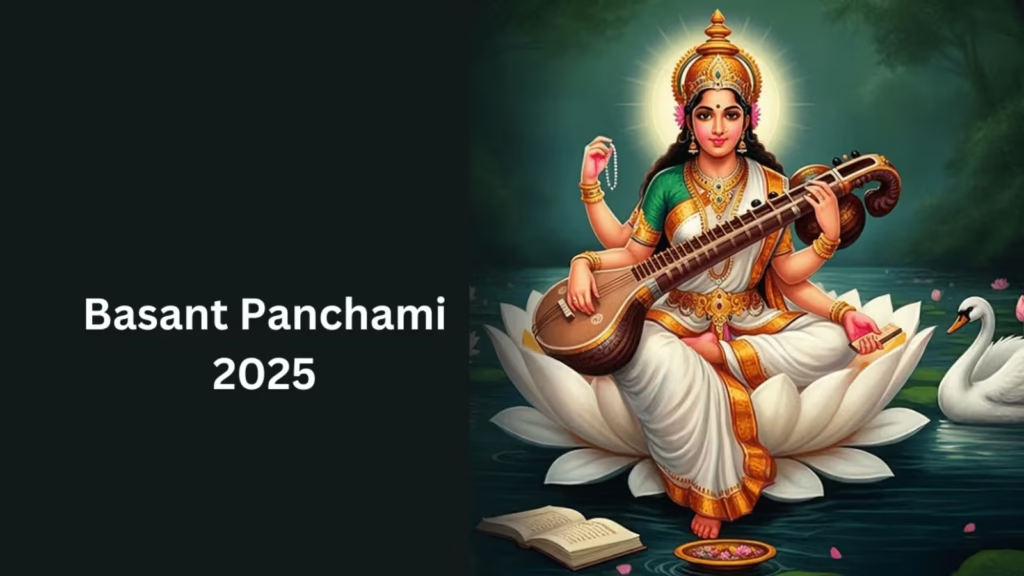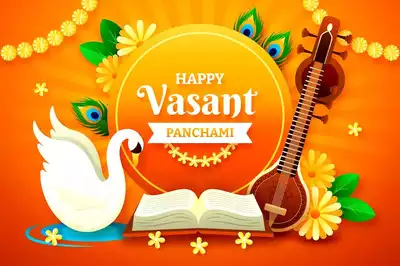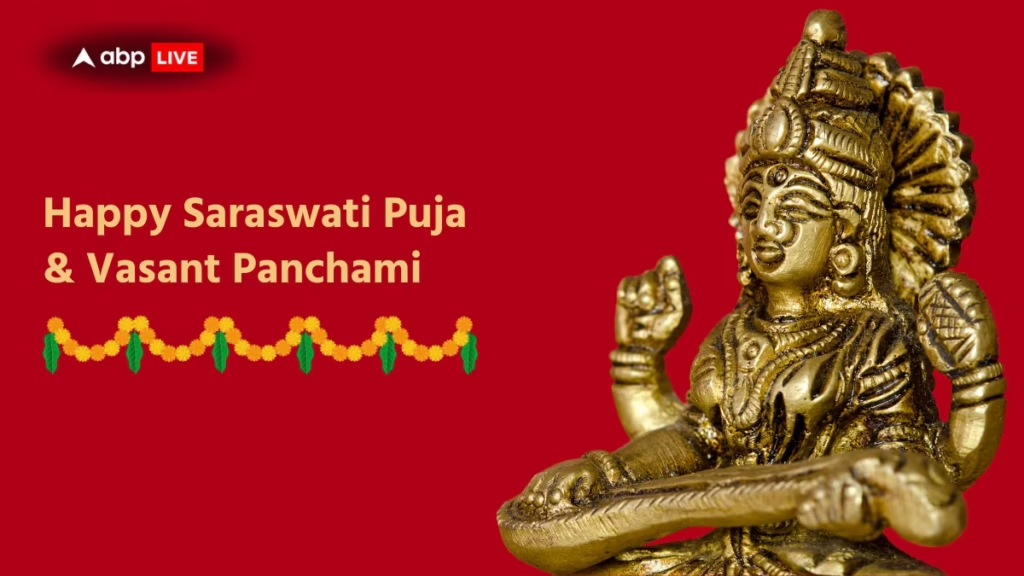

Basant Panchami is a significant Hindu festival celebrated across India, marking the arrival of spring and honoring Goddess Saraswati, the deity of wisdom, learning, and music. It falls on the fifth day of the Hindu month of Magha, usually in late January or early February. The festival is particularly important for students, teachers, and artists, as it symbolizes the pursuit of knowledge and creative inspiration.
On this day, devotees wear yellow-colored clothes, as yellow signifies energy, prosperity, and the vibrancy of spring. Schools, colleges, and homes organize special prayers and cultural events to seek the blessings of Goddess Saraswati. Basant Panchami also signals the start of preparations for Holi, the festival of colors, making it a joyful occasion filled with enthusiasm and devotion.
Significance of Basant Panchami
Basant Panchami is not just about worship but also about embracing the beauty of nature as it transitions from winter to spring. It is a time to rejuvenate the mind and soul with knowledge, music, and devotion.
1. Worship of Goddess Saraswati
Basant Panchami is primarily dedicated to Goddess Saraswati, the deity of wisdom, learning, music, and the arts. On this day, devotees, especially students, teachers, and artists, offer prayers to seek her blessings. It is believed that Saraswati bestows knowledge and creativity upon her worshippers, helping them excel in their respective fields. Schools, colleges, and homes organize special pujas where Saraswati idols are adorned with yellow flowers, and devotees chant hymns and offer sweets.
A significant ritual observed during this festival is “Akshar Abhyasam,” where young children are introduced to the world of education by writing their first letters. This tradition symbolizes the importance of learning and marks an auspicious beginning for students. Many people also place their books, musical instruments, and pens near the idol of Saraswati as a gesture of devotion, seeking her guidance for academic and artistic excellence.
2. The Color Yellow and Its Importance
The color yellow holds special significance during Basant Panchami as it represents energy, prosperity, and the vibrancy of spring. Yellow is associated with Goddess Saraswati and is believed to bring positivity and wisdom. On this day, people dress in yellow attire, decorate their homes with yellow flowers, and prepare traditional yellow-colored foods like saffron rice and kesari halwa.
Apart from its religious importance, yellow is also deeply connected to nature during this season. Mustard fields bloom with bright yellow flowers, creating a picturesque landscape that signifies renewal and growth. The festival encourages people to embrace the warmth of the sun after the cold winter, symbolizing new beginnings and happiness.
3. Kite Flying Celebrations
One of the most exciting aspects of Basant Panchami is the tradition of kite flying, particularly in northern India. The skies are filled with colorful kites of various shapes and sizes, as people engage in friendly competitions. The act of flying kites is seen as a way to welcome spring and celebrate the clear blue skies and pleasant weather.
Kite flying is especially popular in states like Punjab, Uttar Pradesh, and Rajasthan, where communities come together to enjoy the festivities. It represents freedom, joy, and unity, as families and friends gather on rooftops to take part in the celebrations. Music, dance, and delicious festive foods further enhance the spirit of togetherness and enthusiasm.
4. Cultural Events and Educational Significance
Since Basant Panchami is closely linked to wisdom and learning, educational institutions celebrate this festival with great enthusiasm. Schools and colleges organize Saraswati Puja, where students and teachers pray for knowledge and success. Various cultural programs, including music concerts, poetry recitations, and art exhibitions, are held to honor the arts and creativity.
In many regions, people also celebrate the day by engaging in literary and artistic activities, such as writing poems, painting, and singing devotional songs. These activities help in fostering a love for education and the arts, aligning with the teachings of Goddess Saraswati. The festival acts as a reminder of the importance of continuous learning and self-improvement in life.
5. Agricultural and Seasonal Importance
For farmers, Basant Panchami marks an important transition as it signifies the arrival of spring and the beginning of the harvest season. The festival is a time of joy and hope, as crops like mustard and wheat flourish, promising a bountiful harvest. The golden-yellow mustard fields symbolize prosperity and add to the festival’s aesthetic appeal.
The changing season also brings a shift in lifestyle, as people prepare for warmer days ahead. The festival inspires people to embrace renewal and growth, just like nature does during spring. Farmers pray for good weather and a successful harvest, while the festive atmosphere encourages gratitude for nature’s abundance and blessings.
Buy Domin and Hosting with our trusted websites
https://www.hostinger.in/
https://www.bluehost.com/




Leave a Reply